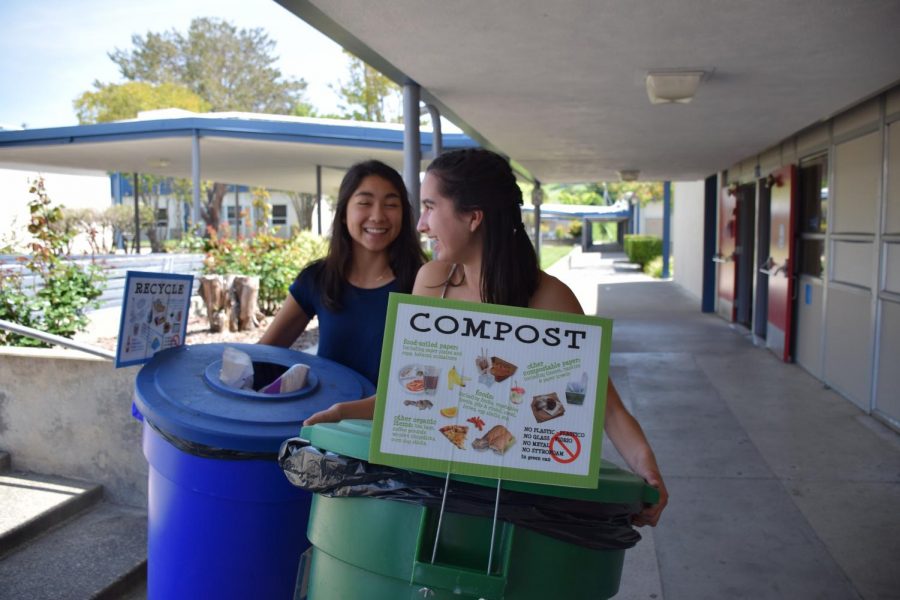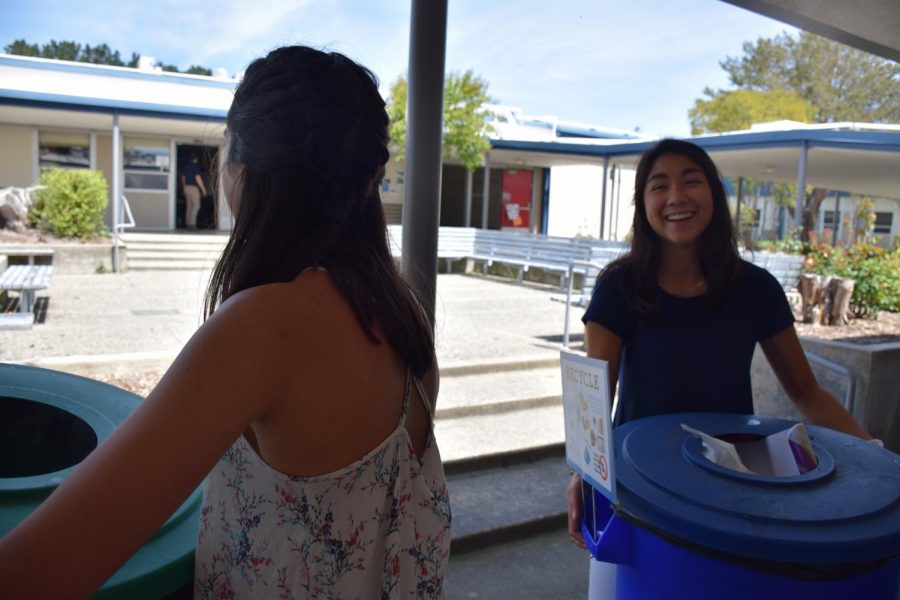Social Media Drives Environmental Activism
April 29, 2019
Before Earth Day on April 22, students republished videos on social media targeting the importance of preserving the planet and understanding climate change. The trend reflects both adolescents’ increasing awareness of social, environmental, and ethical issues, their willingness to speak up, and their use of social media as a platform for student activism to create positive change.
1 of the most popular videos, posted by the Instagram handle @treedom_trees on April 16, garnered over 10 million views within 1 week. This viral video put Instagram stories to good use as the intriguing title of, “This video produces oxygen,” has caught the eyes of hundreds of students, spreading the message of a global crisis more quickly than ever before.
The company, which vowed to plant 1 tree for every 1,000 views on the video, announced its plan to plant 10,408 trees in Cameroon and Kenya.
Another photo posted by @tentree on Instagram promised to plant 1 tree for every 10 likes it received. The post received over 15 million likes.
Another video that teens around the wor
ld have shared via social media is Lil Dicky’s Earth music video, which features cameos from celebrities like Ariana Grande, Halsey, Shawn Mendes, Ed Sheeran, John Legend, Miley Cyrus, and Kevin Hart. The video, which was posted on April 19, reached the #1 Trending spot on YouTube within hours of being posted.
Increased activism for animal rights has also appeared more frequently on student social media pages illustrated by the re-posting of gory images of animal abuse, in hopes of raising awareness. Often posted by @peta, these explicit images depicting the exploitation of animals such as seals, sheep, and rabbits, have been shared thousands of times in hopes of sparking much-needed changes to end animal cruelty.
Sophomore McKenna M
uller is a proponent of environmental activism on social media and frequently shares these graphic images of animal abuse as well as posts about climate change to raise awareness. “If I see something and I think that attention needs to be brought there, I will post it on my Instagram,” she said.
Additionally, rather than expressing condolences for the recent tragedy of the Notre Dame Cathedral being destroyed in a fire on April 15, many students shared their anger over the $1 billion that has been snatched away from the climate crisis and is instead going towards restoring the historic cathedral.
Muller, like many others, took to her Instagram account to show her frustration with this lost opportunity at restoring the environment. “Recently I have been interested in the Notre Dame fundraising because I think that it’s interesting how much money
has been raised for that versus what has been going on with the Great Pacific Garbage Patch and how all of the money that went to Notre Dame could have cleaned it up,” said Muller.
Despite this enormous student effort to spread these environmental issues, many have questioned whether or not this movement is beneficial or not to the causes being supported.
Senior Emily Tamkin, the president of Campolindo’s environmental club, said, “I think it is a hard balance to reach where some people can be able to sit on the internet and think they are contributing by watching a video. It leads to the feeling that you are doing enough by just watching a video.”
Tamkin added that it is sometimes more imp
actful to personally talk to people in person and “be able to express how you feel” but that in 1 case, when the club members were campaigning to the city council to reconsider a tree-cutting agreement, social media was a useful tool.
According to Muller, sharing images on social media is less influential than students may think, causing her to strive towards making a tangible impact of environmental issues by volunteering and participating in beach clean-ups. “Honestly, it is not that beneficial to spread awareness and call things out. At the end of the day, it is just social media and you aren’t protesting or anything like that right now. I think there is a difference between actually going and doing the work and raising awareness,” said Muller.
Sophomore Sophie Webster, on the other hand, sees this student activism as beneficial and as a way for students to garner support on a wide variety of environmental
issues. Webster said, “Also, for many teenagers, the extent of what they can do to help the earth is simply spreading the word about these issues.”
Regardless of whether or not this social media trend is benefiting these environmental issues or not, these viral images continue to spread the message for students to contribute before it is too late.



